Lost & Found: Remarkable Survival of Monastic Books
On 15 January 1535, King Henry VIII was proclaimed Supreme Head of the Church of England. In a bid to claim annulment of his marriage to Katherine of Aragon, Henry sought to abandon Rome and the Catholic opposition to his divorce. The break with Rome triggered England’s transition to being a Protestant country, which brought about seismic repercussions, including the Dissolution of the Monasteries. One of the most revolutionary events in English history, the surrender of monastic houses disrupted the framework of cultural and religious life and resulted in a devastating loss of traditions, community and artefacts. In this blog, guest writer, Michael Carter, discusses the shocking loss of monastic books and libraries, and the tale of a remarkable survival. It’s over to Michael!
On 23 June 1538, the abbot and monks of Roche Abbey (South Yorkshire) signed the deed surrendering their monastery to Henry VIII. About thirty years later, Michael Sherbroke, a local Anglican clergyman, wrote a heart-rending account of the destruction of the abbey’s buildings and the pillaging of its possessions. “Some took the Service Books that lied in the Church,” wrote Sherbroke, “and laid them upon their Waine Coppes [beams in carts] to peice [repair] the same.” Or to put it another way, the large service books used by the monks just days earlier to sing the eight church services that punctuated their day, were dismembered, the wooden boards of the bindings and the parchment leaves used to patch-up carts.
There were probably several hundred or more books at Roche at the time of its suppression. Only eight are known to survive. Shebroke’s account makes it easy to understand why. However, though few in number, these eight precious volumes, which now rest in the libraries of the universities of Cambridge, Manchester, Oxford and Yale, provide fascinating insights into the fate of monastic books in the aftermath of the Dissolution of the Monasteries.

The books all date from the twelfth and thirteenth centuries and are manuscripts written on vellum, high-grade parchment made from animal hides. Even in the Middle Ages, the books would’ve been extremely valuable and the Roche monks took care to explicitly record that they originated from the abbey’s library; six are inscribed “Liber sancte Marie de Rupe” – book of St Mary (the abbey was dedicated to the Virgin Mary) of Roche. Sometimes, though not in the case of the Roche manuscripts, such inscriptions are also accompanied by anathemas, cursing anyone who stole or misused them.
Founded in 1147, Roche was a Cistercian monastery, its daily life governed by the austere Rule of St Benedict. From the outset, books were integral to the functioning of the monastery: for the monks’ devotional reading and for the celebration of the liturgy.
The surviving Roche books include theological works by Saints Ambrose, Augustine and Gregory the Great, all of whom were Doctors of the Latin, or Western Church; a commentary on the Psalms by Lethbert of Saint-Ruf, an eleventh-century French abbot; and historical works by Geoffrey of Monmouth (d. 1155). Standard books for any monastic library, they would have been stored in a book cupboard in the east range of the cloister and read by the monks in the north alley of the cloister, which would have been furnished with wooden carrells, or reading desks.
Also surviving from Roche is a Missal, a book containing the texts for the daily Mass, when it was believed that the consecrated bread and wine were miraculously transformed into the very body and blood of Christ.
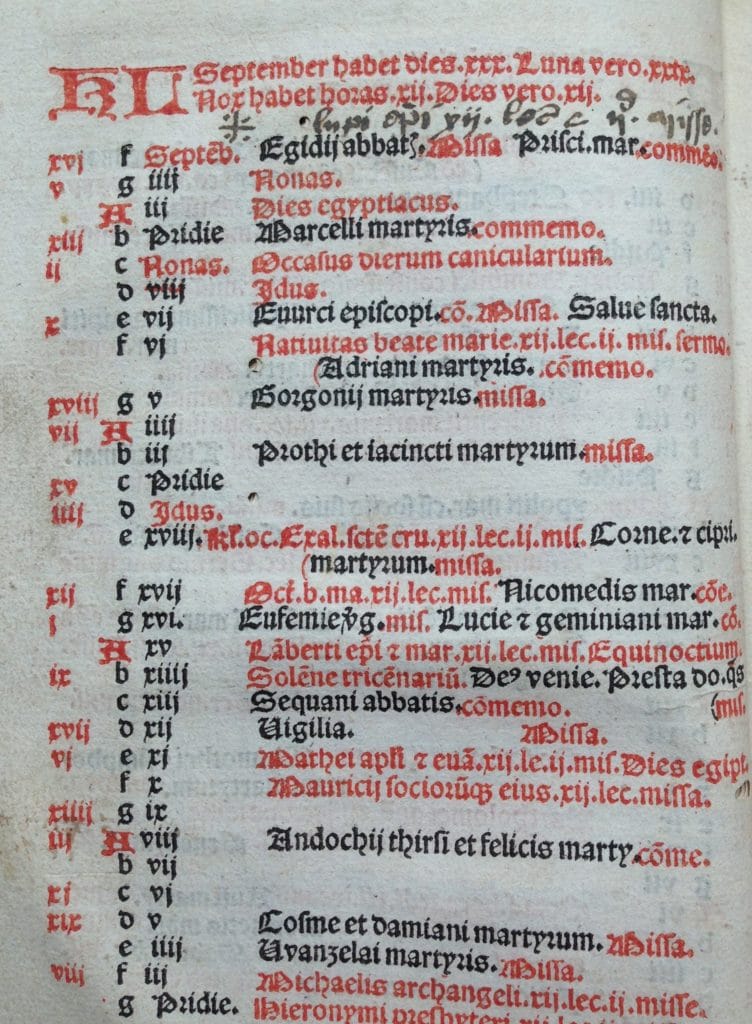
Several of the manuscripts are decorated with elaborate, brightly coloured initials, some of which are also illuminated with gold leaf. Whether any of the books were copied and bound at Roche is open to question. It’s certainly possible, but we also know that monasteries were given books as gifts, received them as bequests and were also buying them on the open market.
Monasteries also capitalised on the invention of printing in the mid-fifteenth century. No printed books survive from Roche, but evidence from other monasteries can leave no doubt that they were present, probably in quite large numbers. Indeed, the Cistercians in Yorkshire seem to have been investing heavily in printed books for their libraries and churches: in recent years, no fewer than three copies of a Missal from an edition published in Paris in 1516 have come to light, all with annotations or inscriptions showing they must come from a Yorkshire Cistercian house. Such clustering of volumes from the same edition is incredibly unusual. Other recent finds include a bible printed in 1526 inscribed with the name of John Grayson, who was documented as entering St Mary’s Abbey, York, as a Benedictine novice in 1528.
Monastic books soon found themselves in the front line of the culture war that engulfed mid-sixteenth-century England. In 1534 Henry VIII broke with the pope in Rome. A year later, a royal proclamation was issued ordering the erasure of all papal titles from Missals and other books. The manuscript Missal from Roche, and the printed books mentioned immediately above, have all been amended accordingly, every mention of the pope (pape in Latin) obediently crossed through, or “cancelled”.
This repudiation of papal authority was soon followed by the first round of monastic suppressions. Roche’s end, as noted earlier, came in mid-1538. The destruction of Roche’s service books described above was far from unusual: large numbers of books perished at this time, in many cases because their contents did not support Henry’s claim to be supreme governor of the Church of England.
But there were also deliberate attempts to preserve monastic books, sometimes the entire contents of libraries. John Leland, the librarian of Henry VIII, toured the monasteries at around this time making a note of the contents of their libraries, with many of the most valuable volumes destined for the King’s own collection.
The departing monks played an important role in the preservation of codexes from their former monasteries. Henry Cundall, the last abbot of Roche was allowed to take his books with him when he left the monastery for the last time. Former monks of Kirkstall, Monk Bretton and Byland made attempts to preserve portions of their libraries, and in the case of Kirkstall and Monk Bretton, this was in the hope that the monasteries would one day be restored and the books returned.
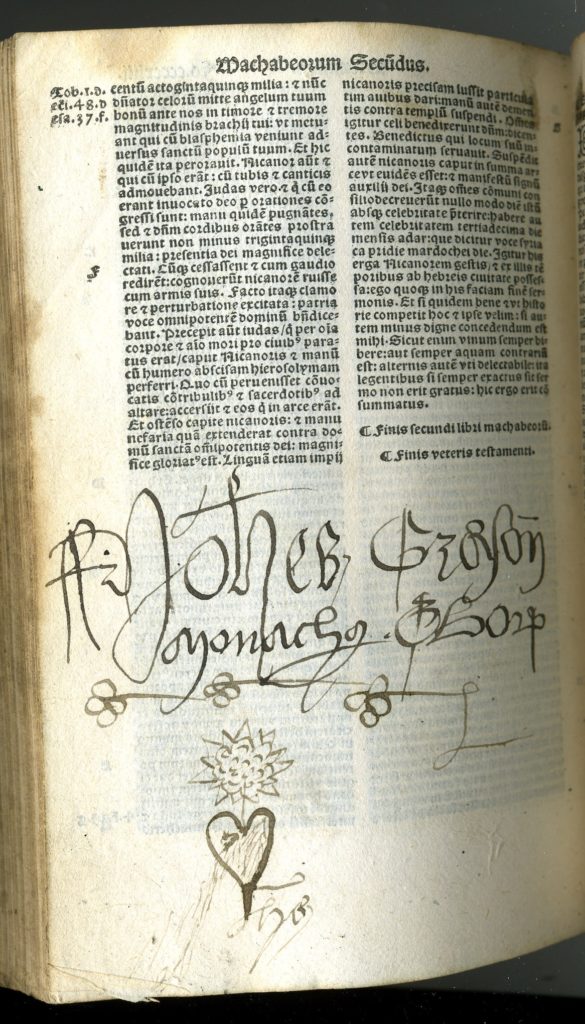
There’s some evidence that individual monks took away books that would be useful to them in their new life as priests: a printed Missal from Byland Abbey probably survived because of this. Interestingly, the extant volumes (and lists of salvaged monastic books which have since been lost) suggests that former monks prioritised printed books. This is likely because they were up-to-date and printed using legible typefaces that the monks found easy to read: some manuscripts were written in handwriting which even medieval monks found difficult to decipher!
There was also a thriving trade in former monastic books, both manuscript and printed. Often available at knockdown prices, their acquisition crossed confessional divides, with volumes prized by both Catholics and Reformers. English monastic books were also esteemed further afield and were snapped up by cardinals in Rome and Protestant pastors in Germany.
But the surviving Roche books seem to have remained in the vicinity of the abbey – at least in the short term. Michael Sherbroke, the author of the moving account of the abbey’s final days, acquired at least one book from the abbey. Sherbroke was born in 1535 and between 1567 and his death in 1610, was the Anglican parish priest at Wickersley, a few miles from Roche. A twelfth-century manuscript from the abbey is inscribed with his surname, “Shryebroke “, and the date “1583”. The manuscript was subsequently in the collection of the Anglican bishop and bibliophile John Moore (1646-1714) and in 1715 was donated to Cambridge University Library where it’s cared for to this day.
Tudor History in Ten with Michael Carter
If you want to see me in conversation with Michael about this topic as part of my new ‘Tudor History in Ten‘ series on YouTube, click on the link below. Don’t forget to subscribe to the channel while you are there to catch future Tudor History in Ten chats with authors, historians and other historical experts!

Sources and Further Reading
For more information on Roche Abbey, including visitor information, click here.
Further details of the eight known surviving books from Roche Abbey are here.
If you’re interested in learning more about Cistercian monasteries, check out my blog on Rievaulx Abbey here.
For Michael’s top recommendations for the best monastic ruins to visit in England, check out this blog.
To purchase a copy of Michael’s book, The Architecture of the Cistercians in Northern England, c.1300-1540, click here for Amazon UK or here for Amazon US. [When you buy via these links, I earn a small commission, which is at no cost to you but helps support my work at The Tudor Travel Guide – Thank you!]
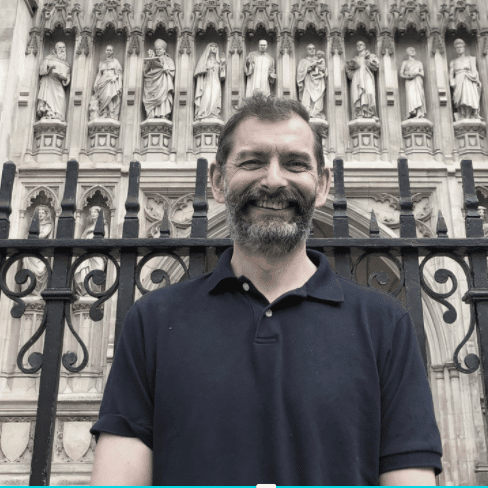
Michael Carter is a medieval historian and art historian. His research is focused on monasteries, saints and relics. Michael holds a doctorate from the Courtauld Institute of Art and his numerous publications include The Architecture of the Cistercians in Northern England, c.1300-1540. Since 2015, Michael is Senior Properties Historian at English Heritage and he is also an honorary fellow at the Institute of Historical Research, University of London. He is an expert on English Monasticism, specialising in English Monasticism and the Cistercian order.


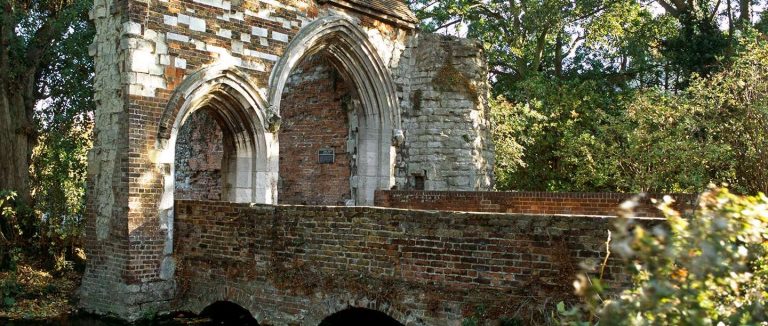
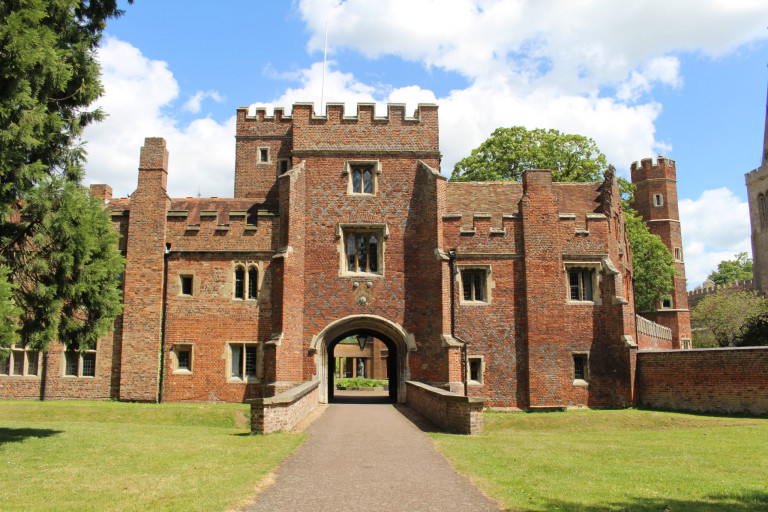
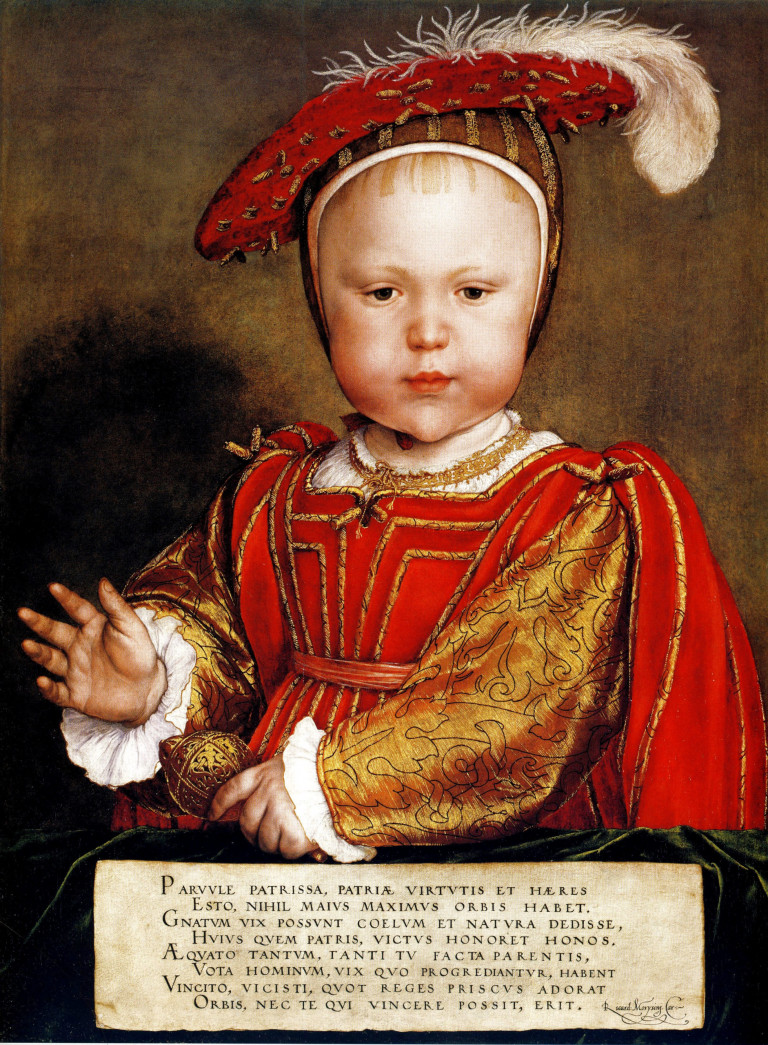
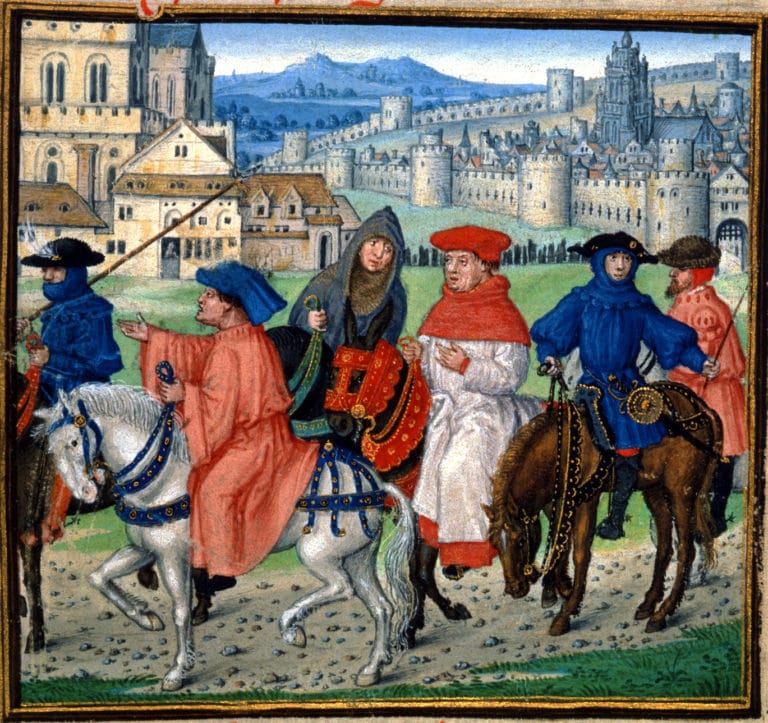
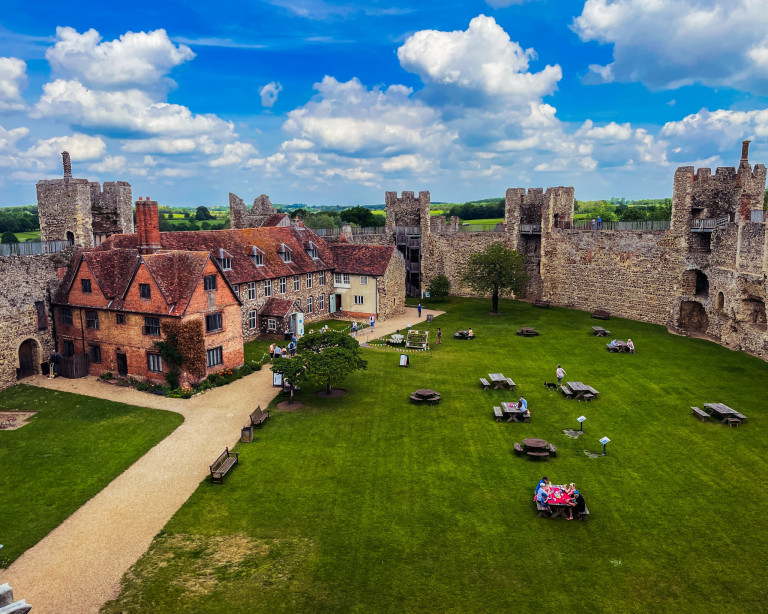
Very interesting blog entry and podcast! Although this may reflect the security software on my PC and phone, the link to more info about the eight books from Roche does not work.
Thanks, Matt. Glad you enjoyed them and thanks for the tip-off about the broken link. We will correct this in the next couple of days.